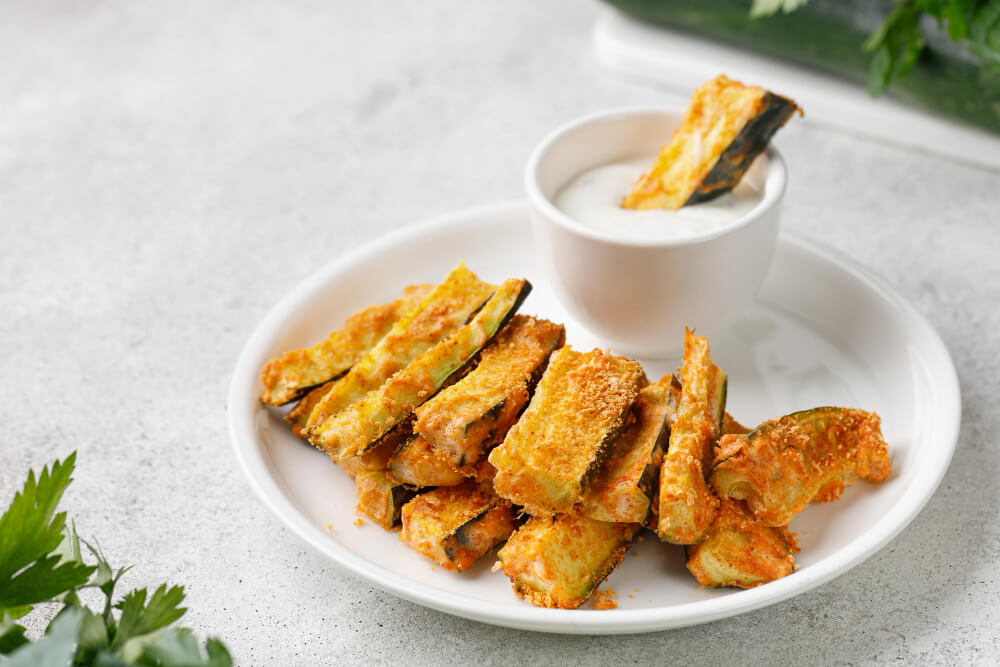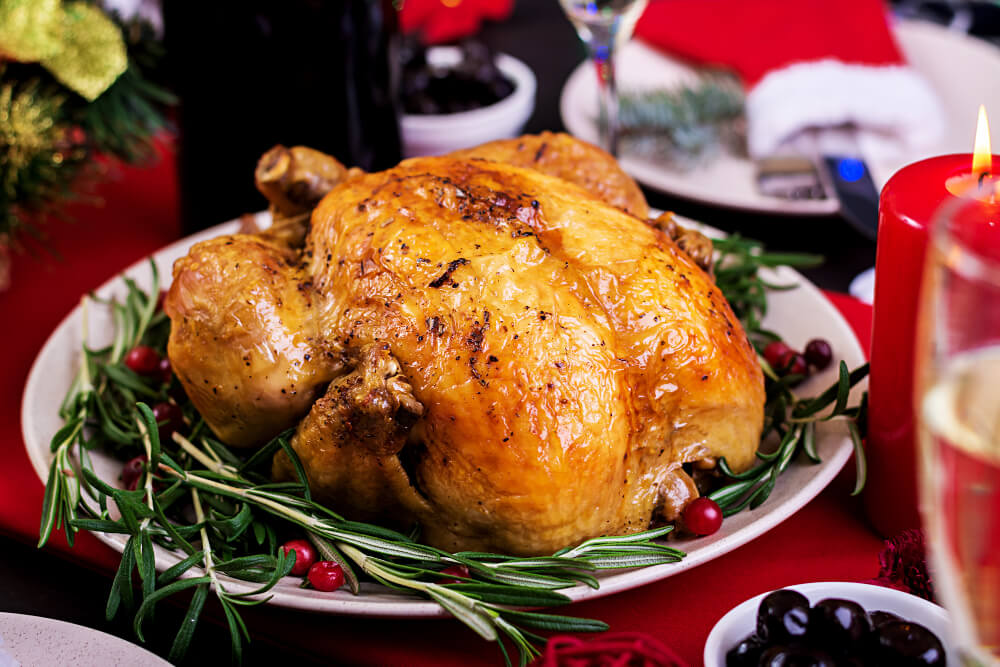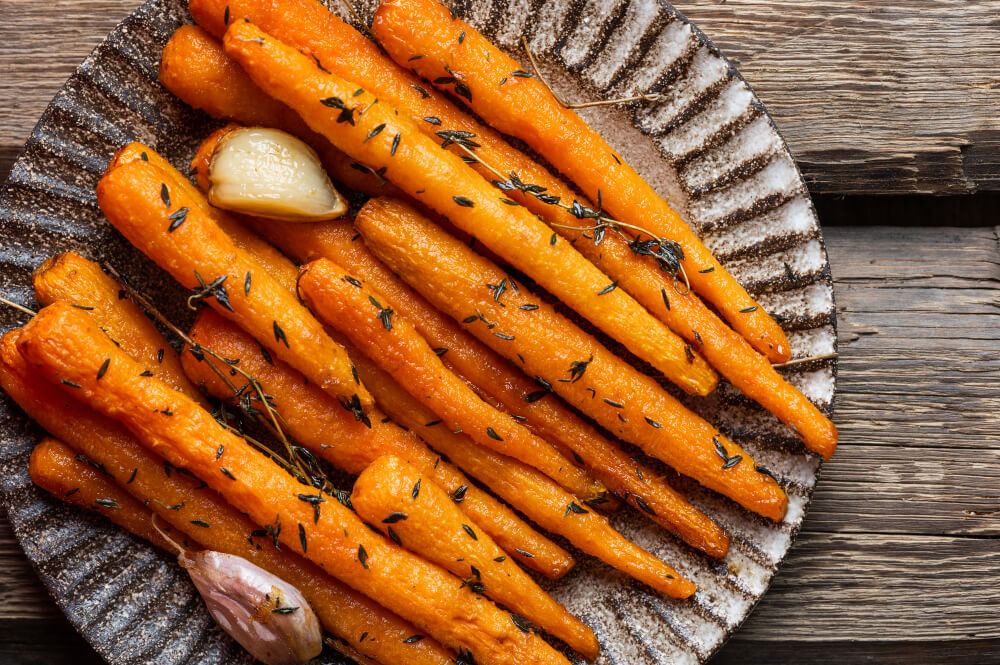
Hey there! Are you a fan of BBQ? Because if you are, then you're in for a real treat. Today, we're going to talk about one of the most delicious and versatile cuts of meat out there - the smoked pork shoulder, also known as a pork butt or Boston butt.
Smoking a pork shoulder is not an easy task, but it's definitely worth it. The key to success is to take your time and let the pork shoulder cook low and slow over a wood fire. A bone-in pork shoulder, typically weighing around 8-10 pounds, is the perfect size for smoking.
Now, if you're wondering about the cook time, it can take anywhere from 10-14 hours depending on the size and thickness of the meat. But trust us, the results will be worth the wait.
If you're looking for a smoked pork butt recipe, look no further. We'll guide you through the steps to make the perfect smoked pork shoulder, from preparing the meat to creating the perfect rub and fire. So get ready to fire up the smoker and let's make some smoked pork magic happen.
If you're ready to tantalize your taste buds with mouth-watering smoked pork, keep reading and get ready to salivate.
What is a Pork Shoulder?
Before we start talking about how to smoke a pork shoulder, let's first understand what it is. A pork shoulder, also known as a Boston butt, is a bone-in pork cut that comes from the upper part of the shoulder. Despite its name, the Boston butt is not actually a butt, but rather a part of the shoulder.
When it comes to smoking, the bone-in pork butt is an excellent choice as it has a good amount of fat and connective tissue, which makes it perfect for slow cooking. By smoking it low and slow, the fat and connective tissue will melt away, leaving behind a tender and juicy meat that falls apart at the touch of a fork.
What's the Best Wood to Smoke a Pork Butt?
Smoking is not complete without the right kind of wood. The type of wood you use for smoking can have a significant impact on the flavor of your pork recipe. The best wood for smoking a pork butt is one that complements the flavor of the meat without overpowering it.
Hickory
One of the most popular woods for smoking pork is hickory. Hickory wood has a strong, sweet, and smoky flavor that pairs perfectly with the rich, fatty meat of a pork butt. Hickory also burns hot and long, making it an excellent choice for smoking meat for extended periods.
Applewood
Another great wood for smoking pork is applewood. Applewood has a sweet, fruity flavor that adds a subtle, delicate sweetness to the meat without overwhelming it. It is also a mild wood, which makes it perfect for those who prefer a milder smoke flavor.
Mesquite
Mesquite wood is another option for smoking pork butt, but it has a very strong, intense flavor that can easily overpower the meat. It's best to use mesquite in moderation, mixed with other woods like hickory or oak to balance out the strong flavor.
Oak
Oak wood is also a great option for smoking pork butt. It has a neutral flavor that won't overpower the meat and adds a subtle smoky flavor. Oak wood also burns hot and long, making it ideal for longer cooking times.
The best wood for smoking a pork butt depends on personal preference, but hickory, applewood, and oak are all great choices. Each wood adds a unique flavor profile to the meat, so it's best to experiment and find the best smoked pork recipe that suits your taste buds.
Wood Pellets or Wood Chips?
When it comes to smoking meat, one of the most common questions is whether to use wood pellets or wood chips. Both have their advantages and disadvantages, and the choice largely depends on personal preference and the equipment you're using. Here are some considerations to keep in mind:
-
Flavor profile:Wood pellets and wood chips can have different flavor profiles, depending on the type of wood used. Wood chips tend to impart a more intense smoke flavor, while wood pellets provide a milder, more consistent smoke. Consider the flavor you're looking for and choose accordingly.
-
Burn time: Wood chips burn faster than wood pellets, so you'll need to add more chips to the smoker more frequently. This can be time-consuming, but it also allows you to experiment with different types of wood throughout the cooking process. Wood pellets, on the other hand, burn more slowly, which means you don't have to add them as frequently.
-
Equipment compatibility: Some smokers are designed to work with wood pellets, while others are designed to work with wood chips. Make sure you choose the right type of wood for your equipment to ensure the best results.
-
Availability: Wood chips are more widely available and can be found at most hardware stores or online. Wood pellets can be harder to find and may require a specialty store or online purchase.
-
Cost:Wood pellets can be more expensive than wood chips, but they also tend to last longer. Consider the cost per cook and choose the option that works best for your budget.
Now, there are instances where you can use both wood pellets and wood chips in the same smoking session. For example, you can start with wood chips for the initial smoke, then switch to wood pellets for a longer, more consistent burn. Alternatively, you can use wood pellets as a base and add wood chips for additional flavor as needed.
Step-by-Step Instruction - How to Smoke Pork Shoulder
Equipment Needed:
- Smoker or charcoal grill
- Charcoal and wood chunks or chips (preferably hickory or applewood)
- Chimney starter
- Aluminum foil
- Meat thermometer
- Large pan or dish
- Tongs
- Spray bottle
- Forks or meat shredding claws
- Cutting board
Ingredients for Dry Rub:
- 1/4 cup light brown sugar, packed
- 2 Tbsp black pepper, coarsely ground
- 2 Tbsp kosher salt
- 1 Tbsp paprika
- 1 Tbsp garlic powder
- 1 Tbsp dried minced onions
- 1 tsp cayenne pepper
Ingredients for Spritz:
- 1/4 cup apple juice
- 1/4 cup apple cider vinegar
Step 1: Choose the Pork Shoulder
Select a 6-8 pound pork shoulder, also known as a pork butt. Look for a cut with a thick layer of fat to ensure flavorful and moist pulled pork.
Step 2: Prepare the Dry Rub
In a small bowl, combine the brown sugar, black pepper, kosher salt, paprika, garlic powder, dried minced onions, and cayenne pepper. Mix well to create the dry rub.
Step 3: Apply the Dry Rub
Place the pork shoulder on a cutting board and generously coat all sides with the dry rub. Massage the rub into the meat and let it rest for at least an hour, allowing the flavors to penetrate the meat. For even better results, wrap the pork shoulder in plastic wrap and refrigerate overnight.
Step 4: Prepare the Smoker
Prepare your smoker or charcoal grill for indirect heat by lighting the charcoal using a chimney starter. Once the coals are hot, add the wood chunks or chips. Place a pan filled with water in the smoker or grill to help maintain temperature and humidity. Preheat the smoker to 225°F (107°C).
Step 5: Smoke the Pork Shoulder
Place the pork shoulder fat-side up on the smoker grate, away from direct heat. Insert the meat thermometer into the thickest part of the shoulder, making sure it doesn't touch any bone. Close the smoker or grill lid and let the pork smoke low and slow.
Step 6: Monitor and Maintain Temperature
Regularly check the internal temperature of the smoker and adjust the vents as needed to maintain a consistent 225°F (107°C). Aim for an internal temperature of the pork between 195°F (90°C) and 205°F (96°C) for optimal tenderness.
Step 7: Spritz the Pork Shoulder
After the first 2 hours, use a spray bottle to spritz the pork shoulder with the apple juice and apple cider vinegar mixture every hour. This helps keep the meat moist and adds flavor.
Step 8: Wrap the Pork Shoulder
When the internal temperature of the pork reaches around 160°F (71°C), remove the pork from the smoker and place it on a large sheet of aluminum foil. Spritz the shoulder generously with the apple juice mixture and wrap it tightly in the foil.
Step 9: Continue Smoking
Place the wrapped pork shoulder back in the smoker and continue cooking until the meat thermometer reads between 195°F (90°C) and 205°F (96°C). This process can take 8-12 hours in total, depending on the size of the pork shoulder.
Step 10: Rest and Shred
Remove the pork shoulder from the smoker and let it rest in the foil for 30 minutes to an hour. Carefully unwrap the foil and use
Must Try Recipe - Smoked Pulled Pork Sandwich

If you have any leftover pulled pork, you know just how delicious and versatile it can be. This great recipe will guide you in making smoked pulled pork shoulder sandwiches that are tender, flavorful, and perfect for any occasion. Follow these simple instructions to create a mouthwatering dish that will have everyone coming back for seconds.
Ingredients:
- 6-8 pound pork shoulder (pork butt)
- Your favorite dry rub
- 1 cup apple juice (for spritzing)
- 1 cup apple cider vinegar (for spritzing)
- BBQ sauce
- Soft hamburger buns
- Coleslaw (optional)
- Pickles (optional)
Instructions:
Step 1: Prepare the Pork Shoulder
Trim any excess fat from the pork shoulder, leaving about 1/4-inch layer of fat. Apply a generous amount of your favorite dry rub to the entire surface of the pork shoulder, massaging it into the meat. Wrap the seasoned pork shoulder in plastic wrap and refrigerate for at least 4 hours or overnight for best results.
Step 2: Preheat the Smoker
Preheat your smoker to 225°F (107°C) and set it up for indirect cooking. Add your preferred wood chips, such as hickory or applewood, to create a mild, smoky flavor.
Step 3: Smoke the Pork Shoulder
Place the pork shoulder fat-side up on the smoker's grate, away from direct heat. Insert a meat thermometer into the thickest part of the shoulder without touching the bone. Close the smoker's lid and maintain a consistent temperature of 225°F (107°C).
Step 4: Monitor Temperature and Spritz
Monitor the temperature of the meat throughout the cooking process. When the internal temperature reaches around 160°F (71°C), combine apple juice and apple cider vinegar in a spray bottle, and spritz the pork shoulder to keep it moist. Continue to spritz every hour.
Step 5: Wrap the Pork Shoulder
Once the internal temperature reaches around 160°F (71°C), remove the pork shoulder from the smoker and place it on a large sheet of aluminum foil. Spritz the pork generously with the apple juice mixture, then tightly wrap shoulder in foil.
Step 6: Continue Smoking
Place the foil-wrapped pork shoulder back in the smoker and cook pork butt until the internal temperature reaches between 195°F (90°C) and 205°F (96°C), resulting in tender pulled pork.
Step 7: Rest and Shred
Remove pork shoulder from the smoker, and let it rest in the foil for 30 minutes to an hour. Carefully unwrap the foil, and use two forks or meat shredding claws to shred the pork.
Step 8: Assemble the Sandwiches
Toast the hamburger buns lightly, and then pile the shredded pork onto the bottom bun. Drizzle your favorite BBQ sauce over the pork, and top with coleslaw and pickles if desired. Place the top bun on the sandwich and serve immediately. Enjoy these incredible smoked pulled pork butt sandwiches with friends and family, and savor the delicious flavors of this great recipe.
FAQs
How Long Does it Take to Smoke Pork Shoulder?
Smoking a pork shoulder for a tender pulled pork recipe generally takes around 8-12 hours at a temperature of 225°F (107°C). However, the time can vary depending on the size and thickness of the shoulder. For a quicker smoked pork shoulder roast, you can cook it at a higher temperature for approximately 4 hours. To ensure tenderness, keep the pork wrapped and monitor the temperature of the shoulder every hour.
Conclusion
In conclusion, achieving the perfect smoked pork shoulder recipe requires patience and attention to detail. Carefully monitor the temperature and ensure the pork shoulder reaches the desired internal temperature before removing it from the smoker. The result will be a mouthwatering and tender pulled pork that everyone will enjoy. When smoking, always place the pork shoulder on a reliable, heat-resistant surface to preserve its quality and flavor.
Related Articles
- Smoked Pork Tenderloin - Everything You Need to Know
- Top 5 Smoked Pork Tenderloin Recipes You Must Try
- Smoked Pork Chops - Everything You Need to Know
- Smoked Pork Belly - How to Smoke and Make Smoke Pork Belly Burnt Ends
- Smoked Pork Leg - Smoke Whole Pork Leg the Right Way
- Smoked Pork Shank - The Right Way to Smoke Pork Shank
- Smoked Pork Butt Fat Side up or Down? The Great Pork Butt Smoking Debate
- How Long Does Smoked Pork Last in the Fridge?
- How Long Is Smoked Pork Good For | How Long Does Smoked Meat Last
- Smoked Pork Loin - How to Smoke Pork Loin the Right Way
Related Products You Might Like
A high-quality wooden cutting board is an essential tool for any home cook. Mevell offers Walnut cutting boards that are not only durable and long-lasting, but also add an elegant touch to your kitchen. These cutting boards provide a sturdy surface for slicing and carving, making them the perfect companion for your smoked pork shoulder endeavors. Investing in a Mevell Walnut cutting board will elevate your cooking experience and ensure precise, hassle-free preparation.



